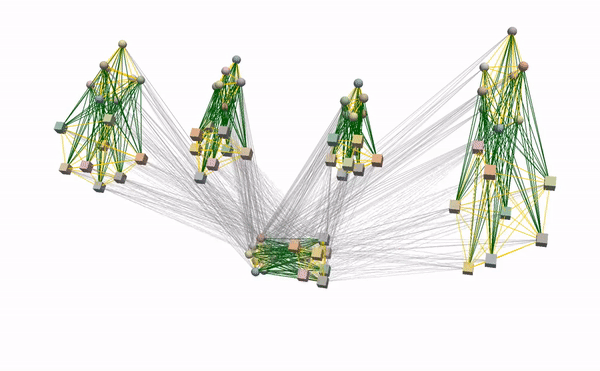In the ever-evolving landscape of robotics and Artificial Intelligence, an interesting and challenging problem is how to educate robots to do jobs on completely unique objects, i.e., objects they have never seen or interacted with previously. The answer to this topic, which has long captivated researchers and scientists, is crucial to transforming robotics. A robot must comprehend and position two objects in a task-specific way along the manipulation trajectory in order to carry out manipulation tasks that require interacting with them.
A robot needs to make sure that the spout of the teapot and the aperture of the mug line up when pouring tea from the teapot into the mug. For the task to be completed successfully, this alignment is essential. However, objects in the same class frequently have somewhat varying shapes, which complicates figuring out which precise portions must line up for a certain activity. When it comes to imitation learning, this problem gets even more complicated because the robot has to deduce task-specific alignment from demonstrations without having any prior information about the items or their class.
A team of researchers has recently approached this issue by framing it as an imitation learning task, emphasising conditional alignment across object graph representations. The team has developed a technique that lets a robot pick up new item alignment and interaction skills from a few examples, which acts as the context for the learning process. They have called this method conditional alignment because it allows the robot to execute the task with a new set of objects right away after seeing the demos, negating the need for additional training or prior knowledge of the object class.
Through their trials, the researchers have investigated and verified the design decisions they have made regarding their methodology. These tests have shown how well their approach works to achieve few-shot learning for a variety of common, real-world tasks. Their approach performs better than baseline techniques, demonstrating its superiority in terms of flexibility and effectiveness when picking up new tasks across various objects.
The team has developed a unique strategy to address the problem of enabling robots to rapidly acclimatise to new items and carry out tasks they have observed being displayed on various objects. They have developed a flexible framework that performs well in few-shot learning by utilising graph representations and conditional alignment, and their studies offer empirical proof of this. The project details can be accessed at https://www.robot-learning.uk/implicit-graph-alignment. Videos that are available on their project webpage serve as additional evidence of the approach’s success and practical use in real-world situations.
Check out the Project and Paper. All Credit For This Research Goes To the Researchers on This Project. Also, don’t forget to join our 32k+ ML SubReddit, 40k+ Facebook Community, Discord Channel, and Email Newsletter, where we share the latest AI research news, cool AI projects, and more.
If you like our work, you will love our newsletter..
We are also on Telegram and WhatsApp.
Tanya Malhotra is a final year undergrad from the University of Petroleum & Energy Studies, Dehradun, pursuing BTech in Computer Science Engineering with a specialization in Artificial Intelligence and Machine Learning.
She is a Data Science enthusiast with good analytical and critical thinking, along with an ardent interest in acquiring new skills, leading groups, and managing work in an organized manner.

